Top 10 Big Tomato Growing Tips |
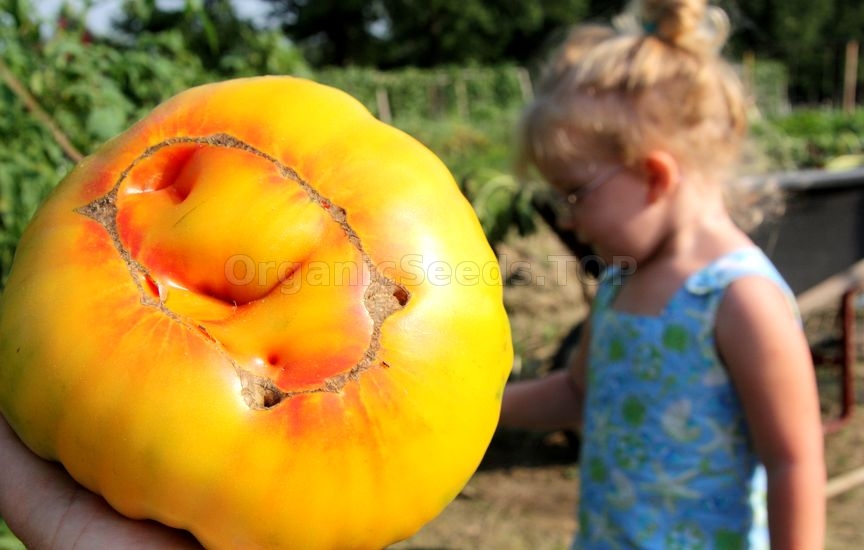 Growing tomatoes is often the impetus for starting a vegetable garden and every tomato lover dreams of growing the ultimate tomato. Firm, but juicy. Sweet, but tangy. Aromatic and blemish free. Perfection. Unfortunately, there are few vegetables that are prone to more problems than tomatoes. The trick to growing great tasting tomatoes is to choose the best varieties, start the plants off right, and control problems before they happen. Start here with some time-tested tomato growing tips, to ensure your tomato bragging rights this year. 1. Don't Crowd Tomato Seedlings in Their Pots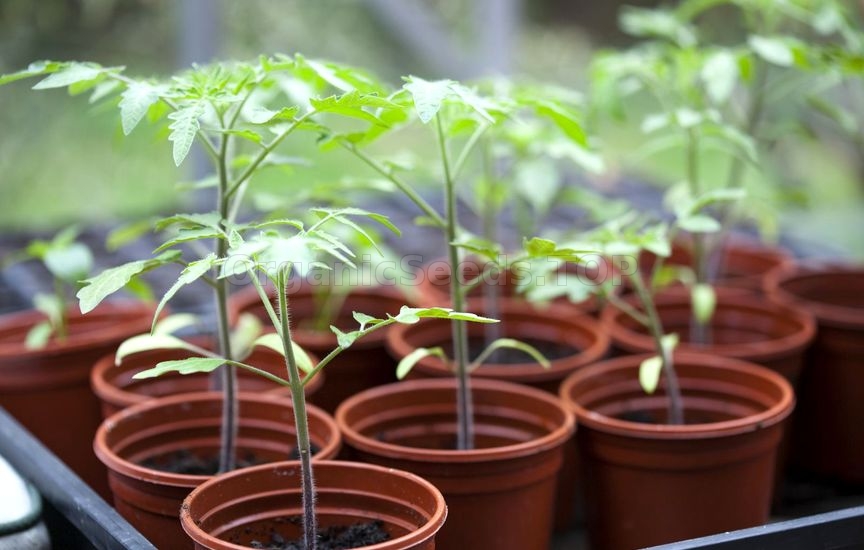 If you are starting tomatoes from seed, be sure to give the seedlings plenty of room to branch out. Crowded conditions inhibit their growth, which stresses them and leads to disease later on. You should transplant tomato seedlings into their own individual 4-inch pots shortly after they get their first set of true leaves. Here are some detailed tips for growing tomatoes from seed.
2. Provide Lots of Light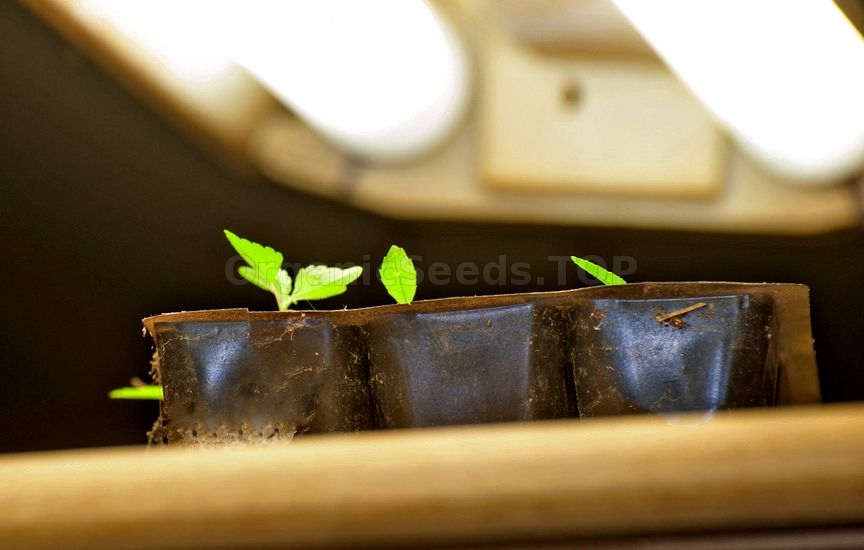 Tomato seedlings need strong, direct light. Days are short during winter, so even placing them near a very sunny window may not provide them with sufficient natural light. Unless you are growing them in a greenhouse, your best option is to use some type of artificial plant lighting, for 14 - 18 hours every day.
To ensure the tomato plants grow stocky, not spindly, keep the young plants only a couple of inches from fluorescent grow lights. You will need to raise the lights (or lower the plants) as the seedlings grow. When you're ready to plant them outside, choose the sunniest part of your vegetable garden to plant them in. 3. Put a Fan on Your Tomato Seedlings.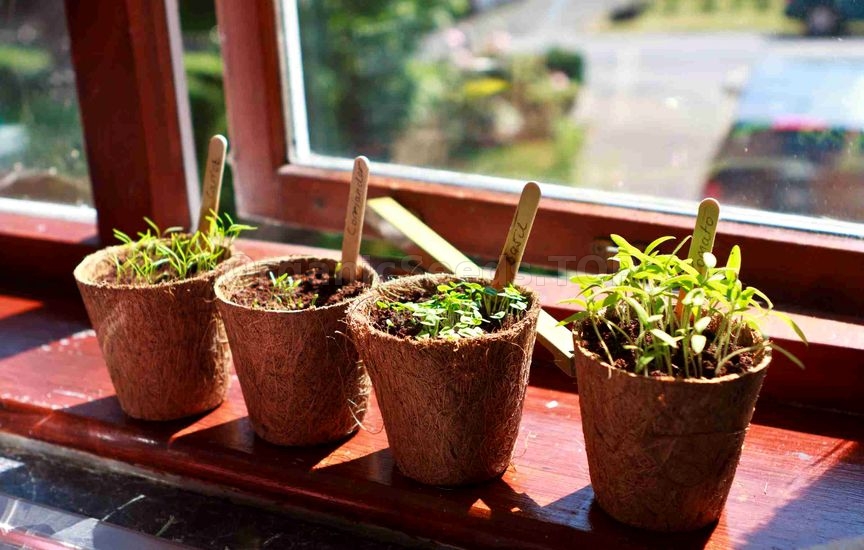 Tomato plants need to move and sway in the breeze, to develop strong stems. That happens naturally outdoors, but if you start to grow your seedlings inside, you will need to provide some type of air circulation. Create a breeze by turning a fan on them for 5 - 10 minutes, twice a day. That small amount of time will make a big difference.
Another option is to ruffle the tomato plants by gently rubbing your hand back and forth across their tops for a few minutes. You will need to do this several times a day. It's a bit more effort, but their wonderful tomato scent will rub off on you, as a bonus. 4. Preheat the Soil in Your Garden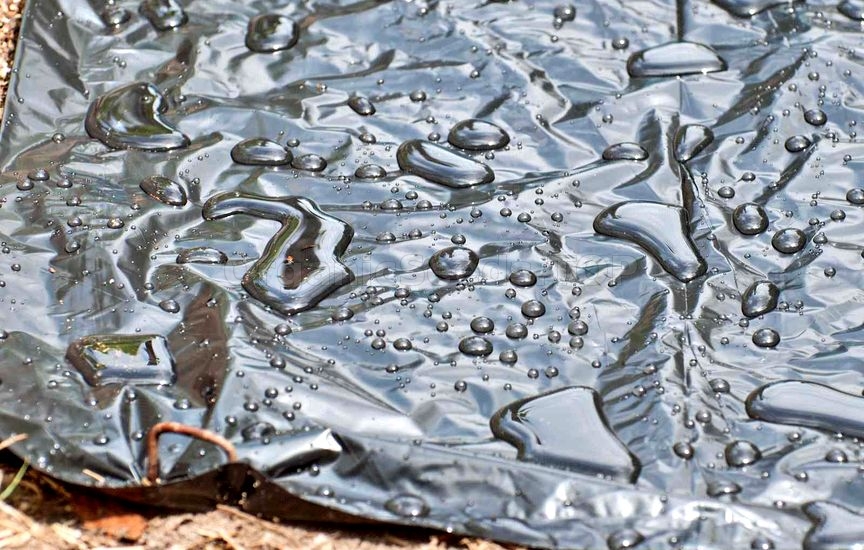 Tomatoes love heat. They won't really start to grow until both the soil and air temperatures remain warm. You can speed things up in the soil by covering the planting area with black or red plastic a couple of weeks before you intend to plant. Those extra degrees of soil warmth will translate into earlier tomatoes.
You can lift the plastic before you plant, but some research contends that red plastic mulch has the added benefit of increasing your tomato yield. 5. Bury The Stems of Tomato Plants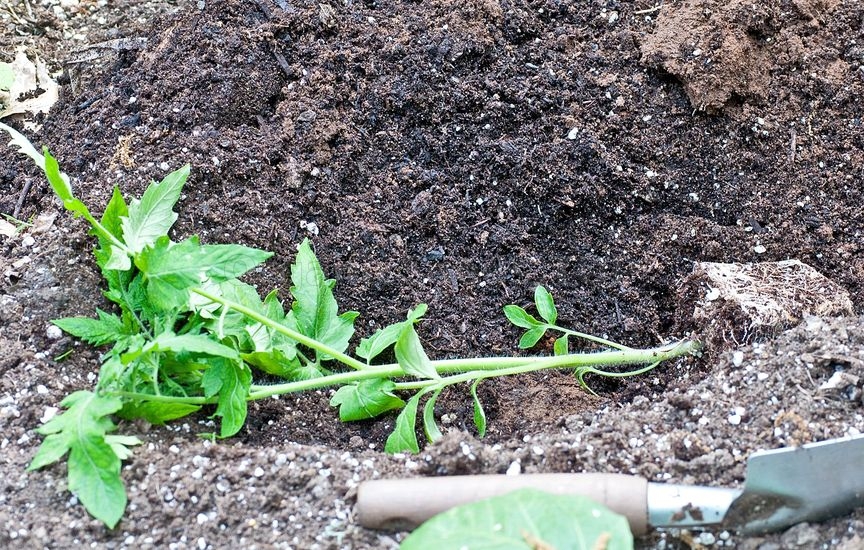 Plant your tomato plants deeper than they come in the pot, all the way up to the top few leaves. When planted this way, tomatoes are able to develop roots all along their stems. And more roots will make for a stronger plant.
You can either dig a deep hole or simply dig a shallow trench and lay the plant sideways. It will quickly straighten itself up and grow toward the sun. Just be careful not to drive your tomato stake or cage into the buried stem. 6. Mulch Tomatoes After the Soil Has Warmed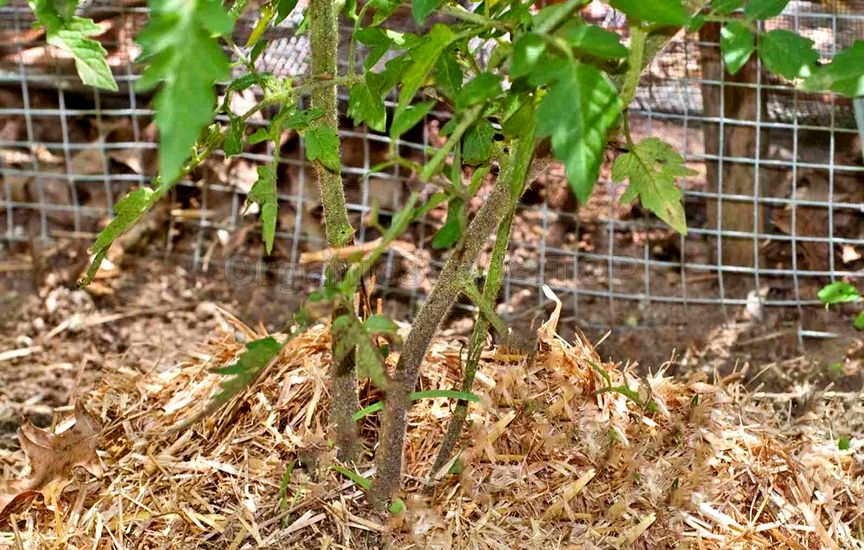 If you are not going to leave plastic mulch on the soil (see Tip #4, above), hold off on putting down mulch until after the ground has had a chance to warm up. While mulching does conserve water and prevents the soil and soil born diseases from splashing up on the plants, if you put it down too early it will also shade and cool the soil. Since tomatoes love heat, allow the sun to warm the soil in the spring. Once temperatures remain warm, both during the day and at night, you can add a layer of mulch to retain moisture.
7. Remove the Bottom Leaves of Tall Tomato Plants Once your tomato plants reach about 3 ft. tall, remove the leaves from the bottom 1 ft. of stem. These are the oldest leaves and they are usually the first leaves to develop fungus problems. As the plants fill out, the bottom leaves get the least amount of sun and air flow. And being close to the ground, soil born pathogens can easily splash up onto them. Removing them helps prevent fungal diseases from taking hold. Spraying weekly with compost tea also seems to be effective at warding off fungus diseases.
8. Pinch and Prune Tomato Plants for More Tomatoes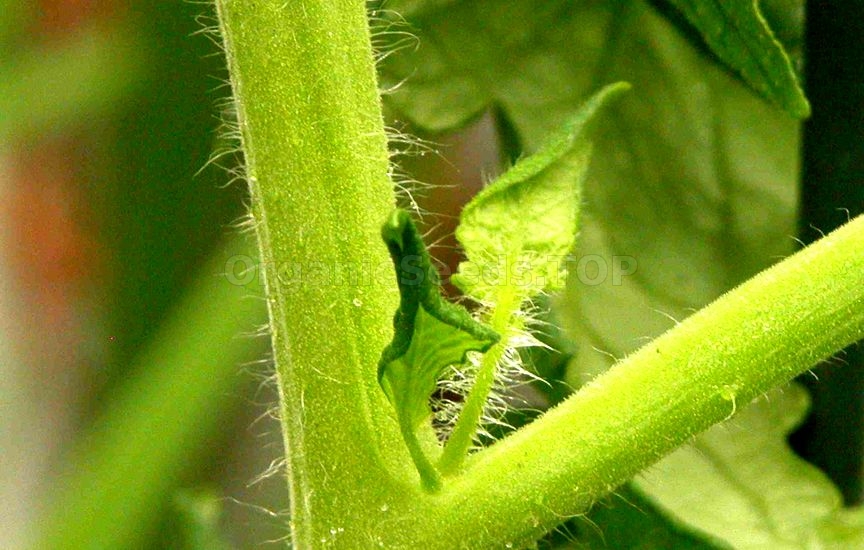 Pinch and remove suckers that develop in the crotch joint of two branches. They won’t bear fruit and will take energy away from the rest of the plant.
However, go easy on pruning the rest of the plant. You can thin out a few leaves to allow the sun to reach the ripening fruit, but it's the leaves that are photosynthesizing and creating the sugars that give flavor to your tomatoes. Fewer leaves will mean less sweet tomatoes. 9. Water the Tomato Plants Regularly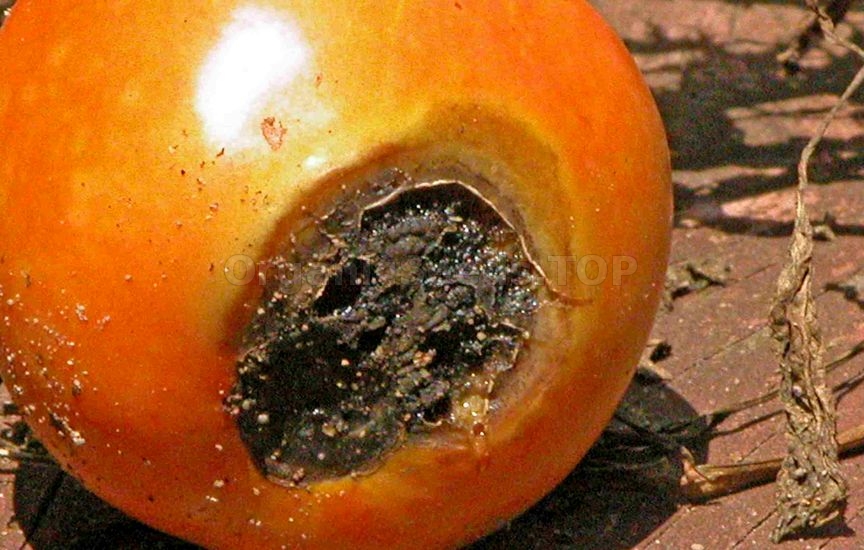 Water deeply and regularly while the fruits are developing. Irregular watering - missing a week and trying to make up for it - leads to blossom end rot and cracking. The rule of thumb is to ensure your plants get at least 1 inch of water per week, but during hot, dry spells, they may need more. If your plants start to look wilted for most of the day, give them a drink.
Once the fruit begins to ripen, you can ease up on watering. Lessening the water will coax the plant into concentrating its sugars, for better flavor. Use your judgment. Don’t withhold water so much that the plants continually wilt and become stressed or they will drop their blossoms and possibly their fruit. 10. Getting Your Tomato Plants to Set Tomatoes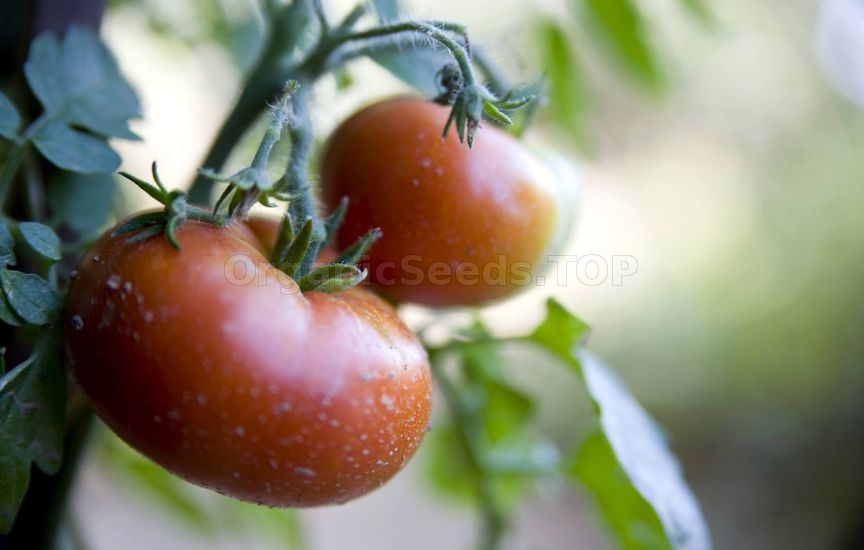 A lot of vegetable gardening is at the mercy of the weather, but sometimes we can help things along. There are two types of tomato plants. Determinate tomatoes reach a certain height and then set and ripen their fruit all at one time, making a large quantity available when you’re ready to make a sauce. These tend to start flowering fairly early in the season and it shouldn't be a problem getting them to set fruit unless weather conditions are unfavorable and cause a condition aptly named "blossom drop". Those big, juicy beefsteak tomatoes we all crave grow on indeterminate plants. Indeterminate means the plants just keep growing taller. (Tomatoes are actually vines that we stake and grow as upright plants.) Indeterminate tomatoes reach for the sun. They like to grow tall before they start setting fruits. So don't be alarmed if your tomato plants look healthy and lush, but aren't flowering for their first month or two in the garden. If you're impatient, pinching off the tips of the main stems in early summer will encourage indeterminate tomatoes to start putting their energy into flowering. This is also a handy trick toward the end of the summer when you want the last tomatoes to hurry up and ripen. You may need:«Amethyst Jewel» - Organic Tomato Seeds«Grandma Viney's Yellow and Pink» - Organic Tomato Seeds«Bogata Hata» - Organic Tomato Seeds«Benefit» - Organic Tomato Seeds«Huge Lemon Oxheart» - Organic Tomato Seeds |
|
|
